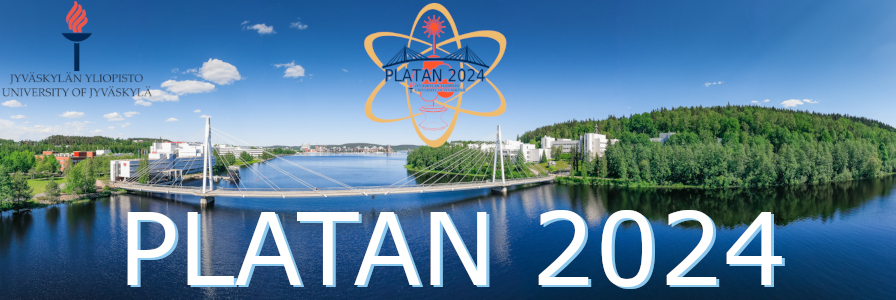Description
Faraday cups (FCs) are well-known tools for ion beam current measurements via integration of the accumulated electric charge but also support further applications in charge particle analysis, e.g., in space or for fusion plasma surveillance. They provide an easy and robust way to quantitatively determine currents of different types of ion beams from the fA range up to Amperes for a variety of applications in mass spectrometry, particle accelerators, and others. At the RISIKO mass separator of Johannes Gutenberg University in Mainz a multitude of stable and radioactive isotopes are studied, which are selectively ionized via resonant laser ionization, accelerated with energies around 30 keV, mass-separated for further beam purification in a sector field magnet and afterward traced or collected for further use. In all cases, accurate quantification from precisely counting individual ions by secondary electron multipliers (below 10 pA, corresponding to $10^7$ particles per second) up to recording ion currents on the different FCs along the beam path (above 1 pA) must be guaranteed. An obstacle is the sputtering of electrons and ions from the collection target of the FC, which obscure the results and cannot easily be fully suppressed by suitable repeller electrodes in the device.
Comparative measurements using 𝛾-spectroscopy on the radioisotope $^{177g}$Lu indicated a systematic underestimation of the ion beam current measurements of the FCs at RISIKO. Therefore, a new FC design with a conical-shaped target area was developed and installed. Characterization measurements with this optimized design agreed to the 𝛾-spectroscopy, demonstrating an absolute quantification of ion currents in the range from 10 pA to 100 nA with a precision of about 1 %. Meanwhile, this work was extended to cover the entire range of accessible atomic masses from A = 20 up to heavy actinides, which is most relevant for efficiency determination and ion implantation.

